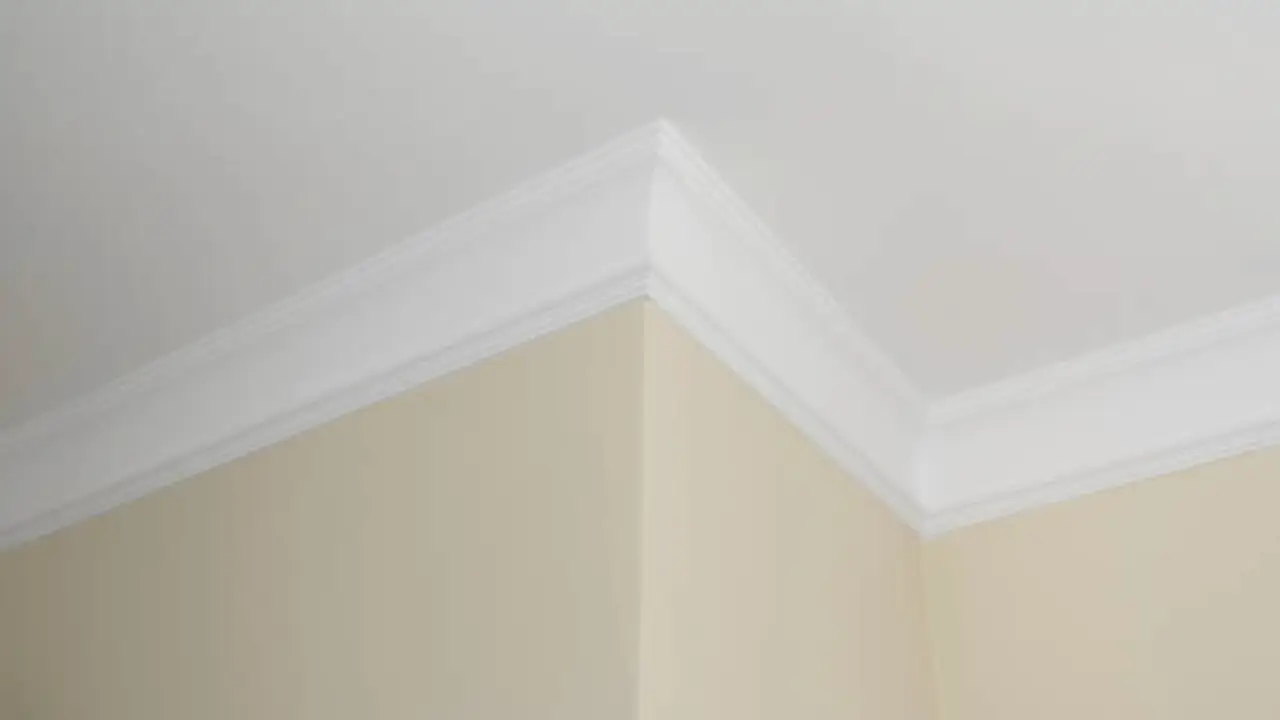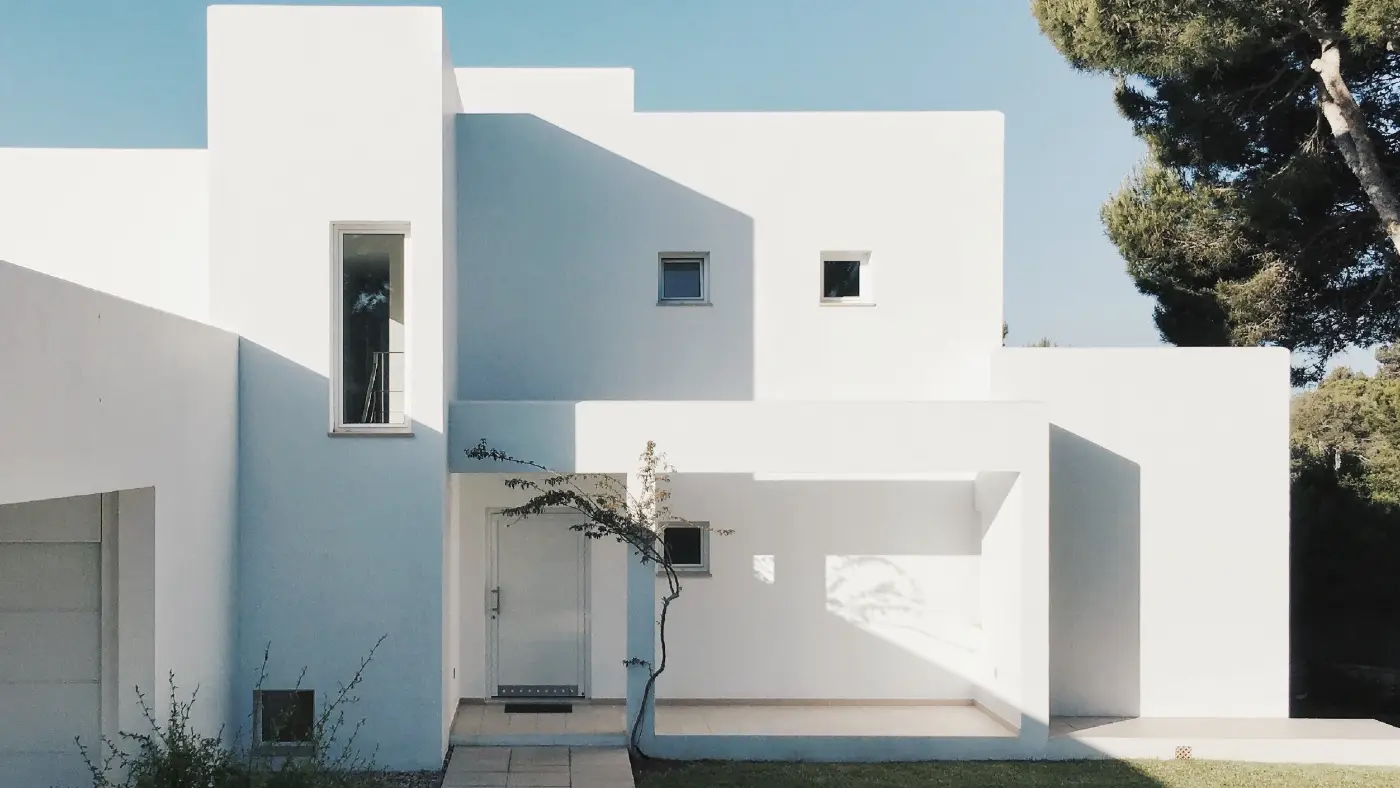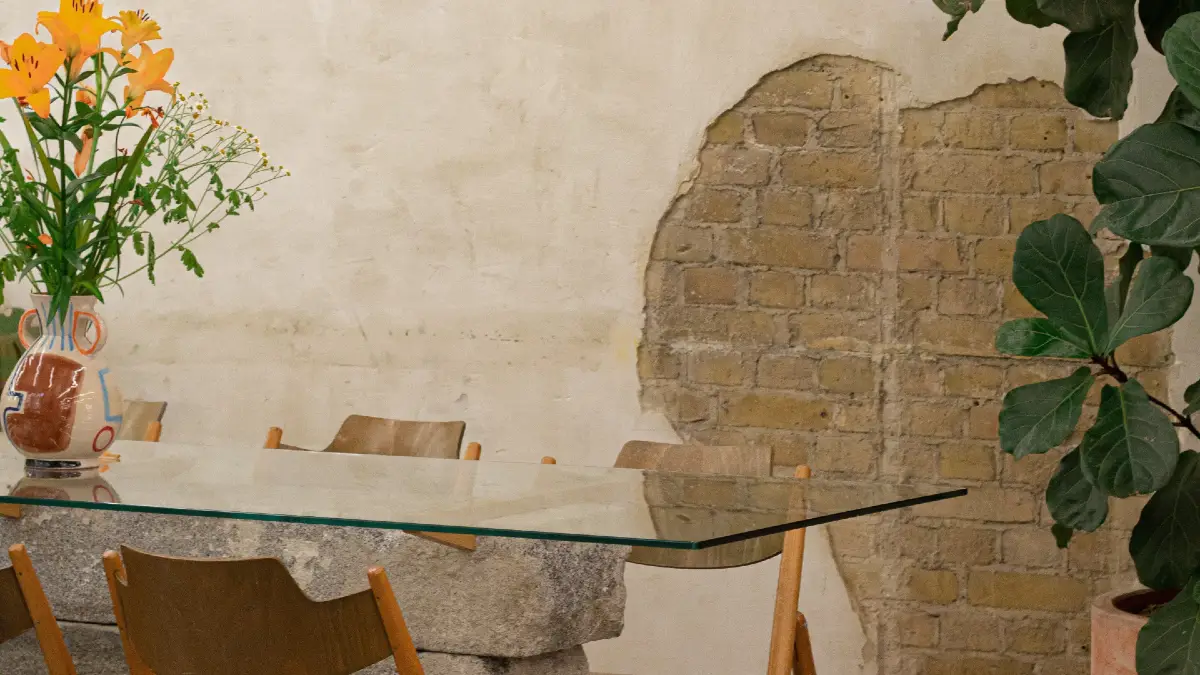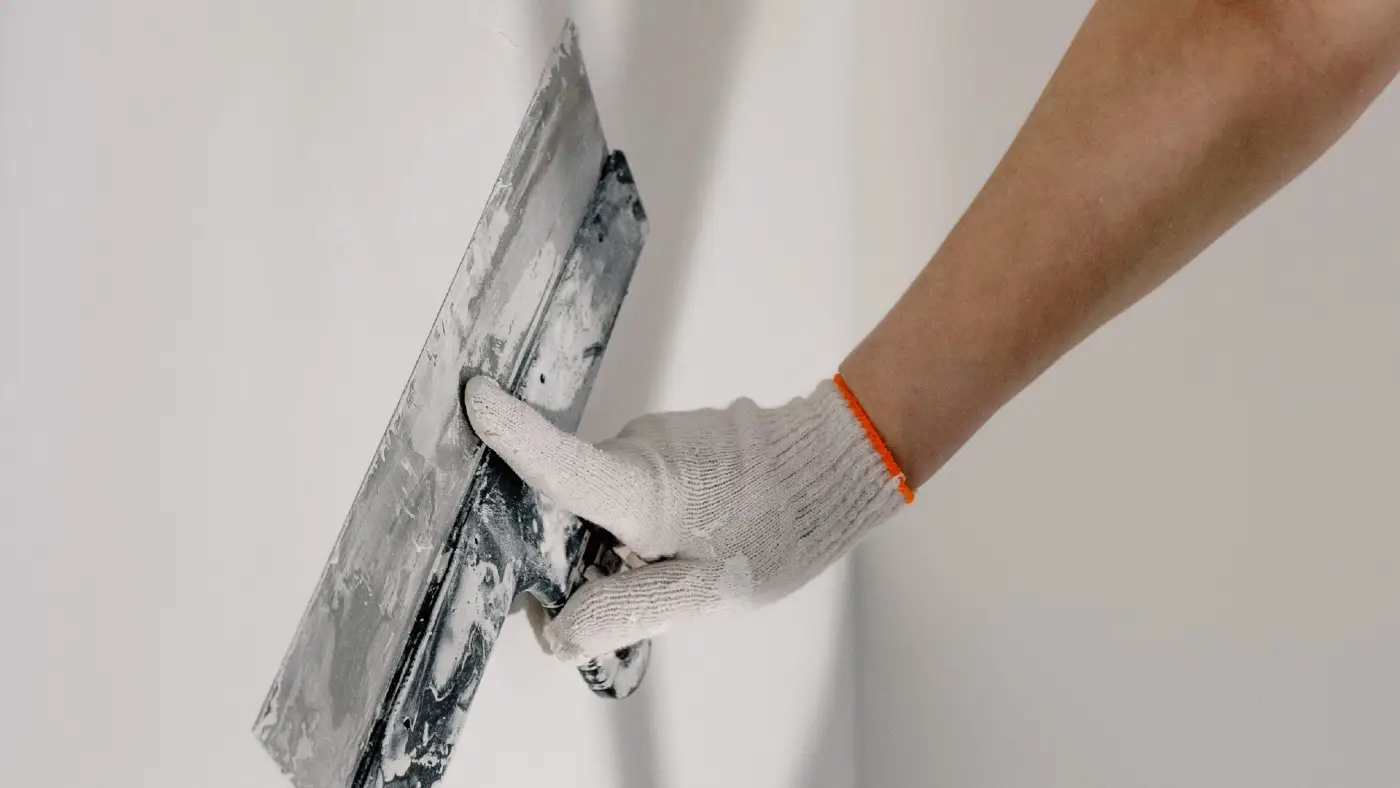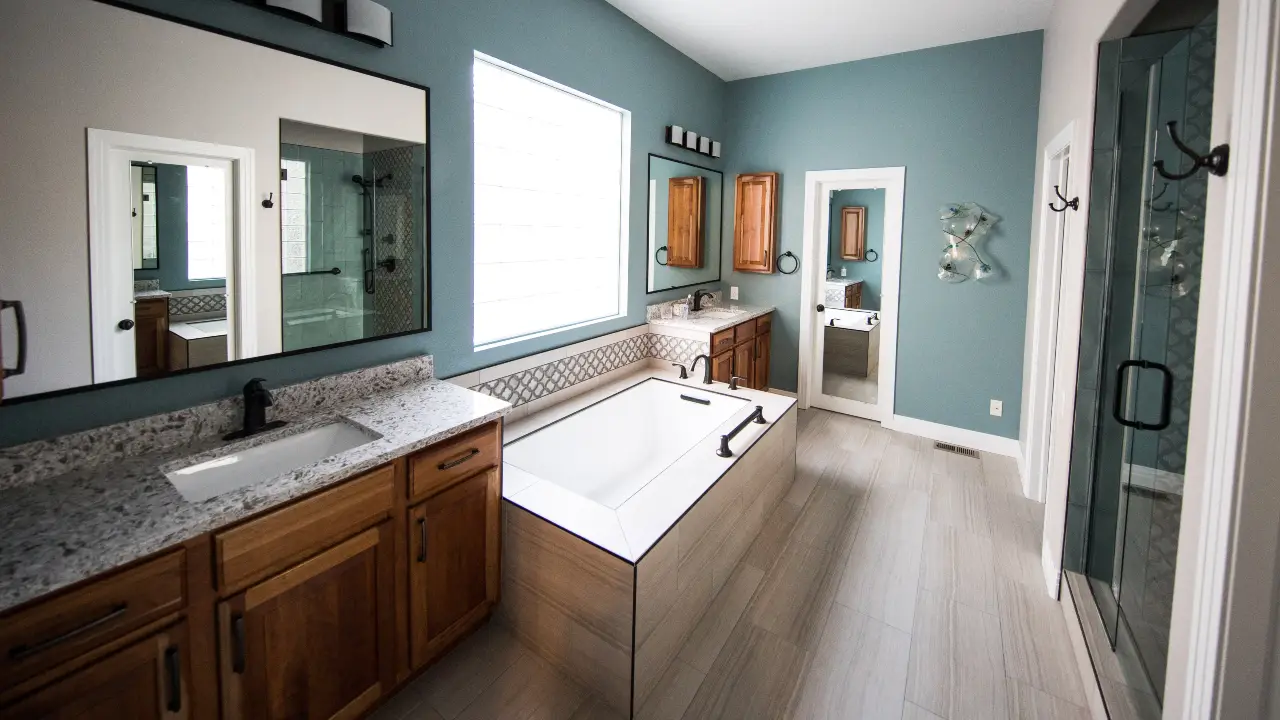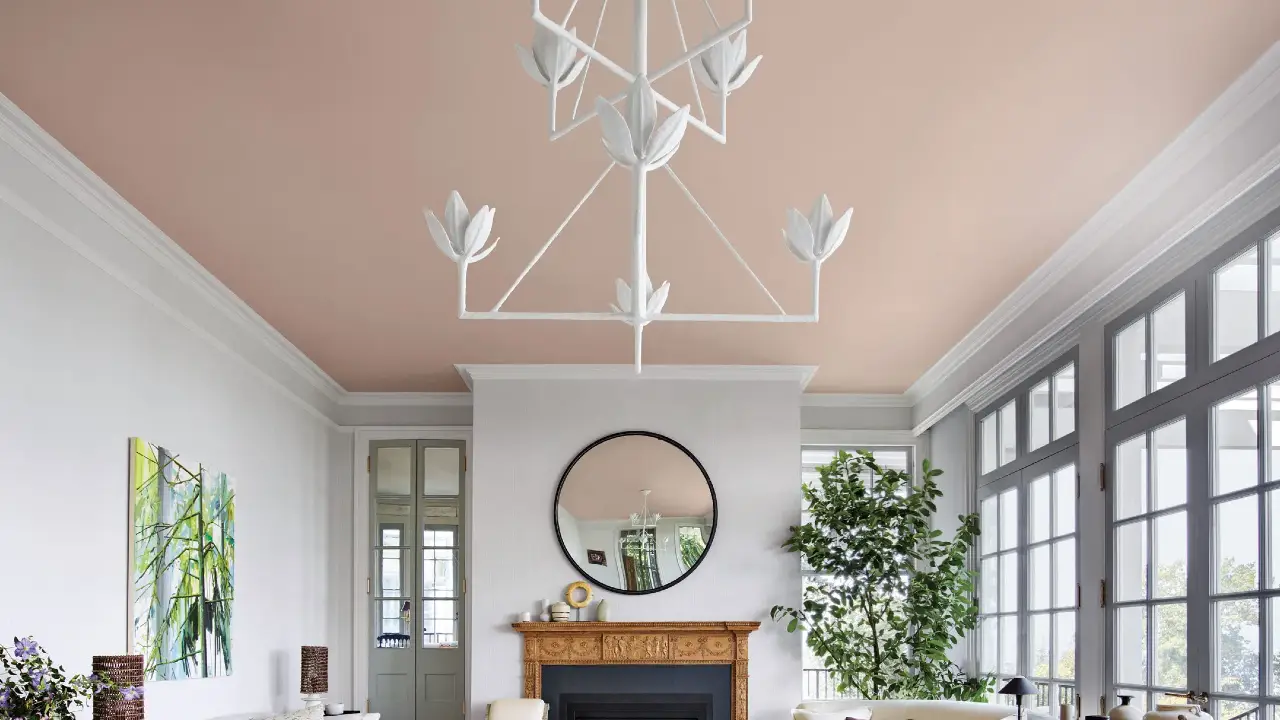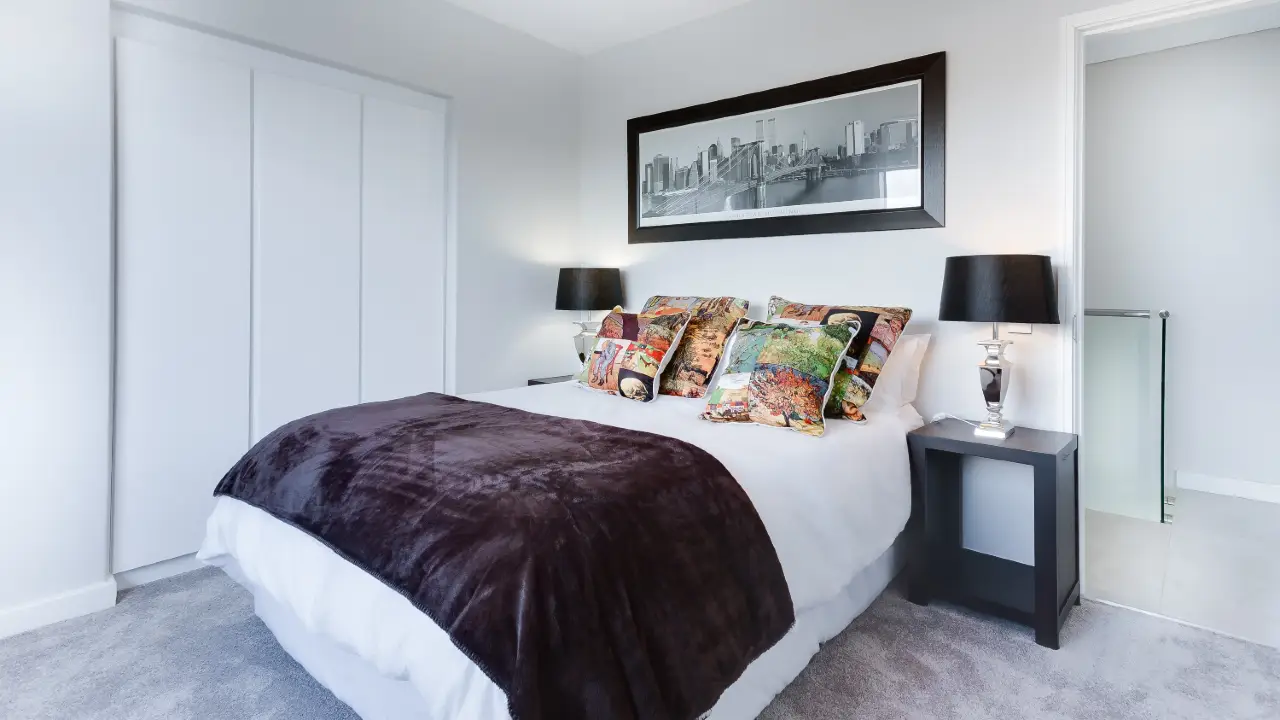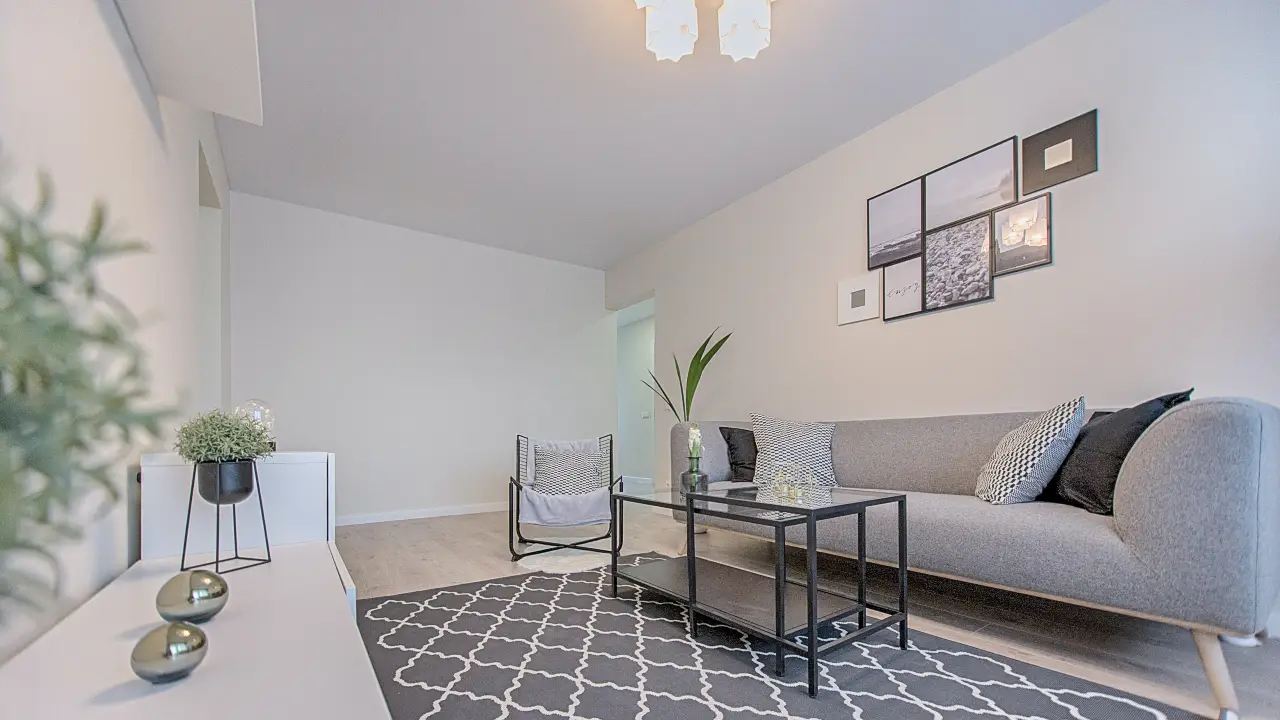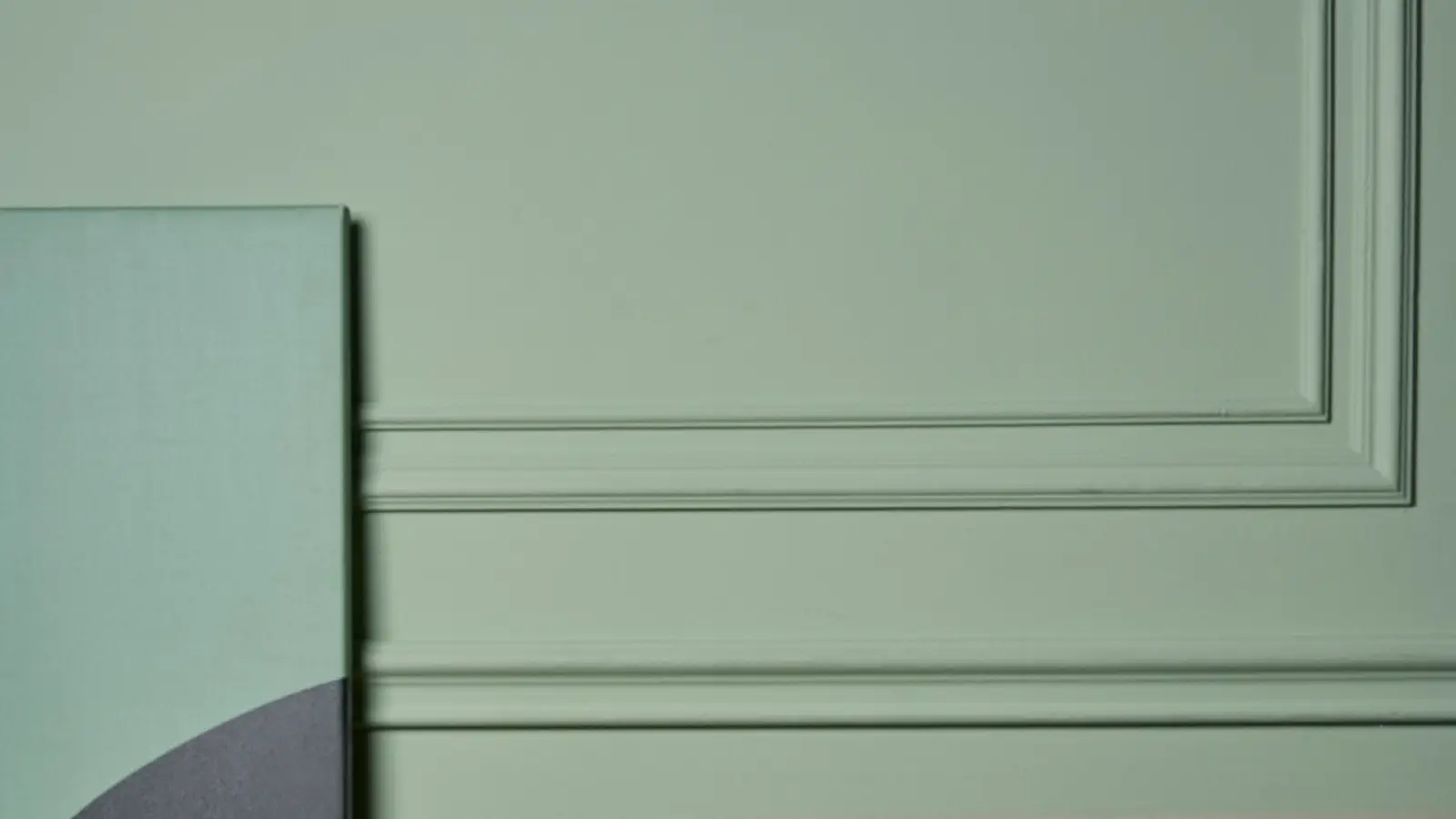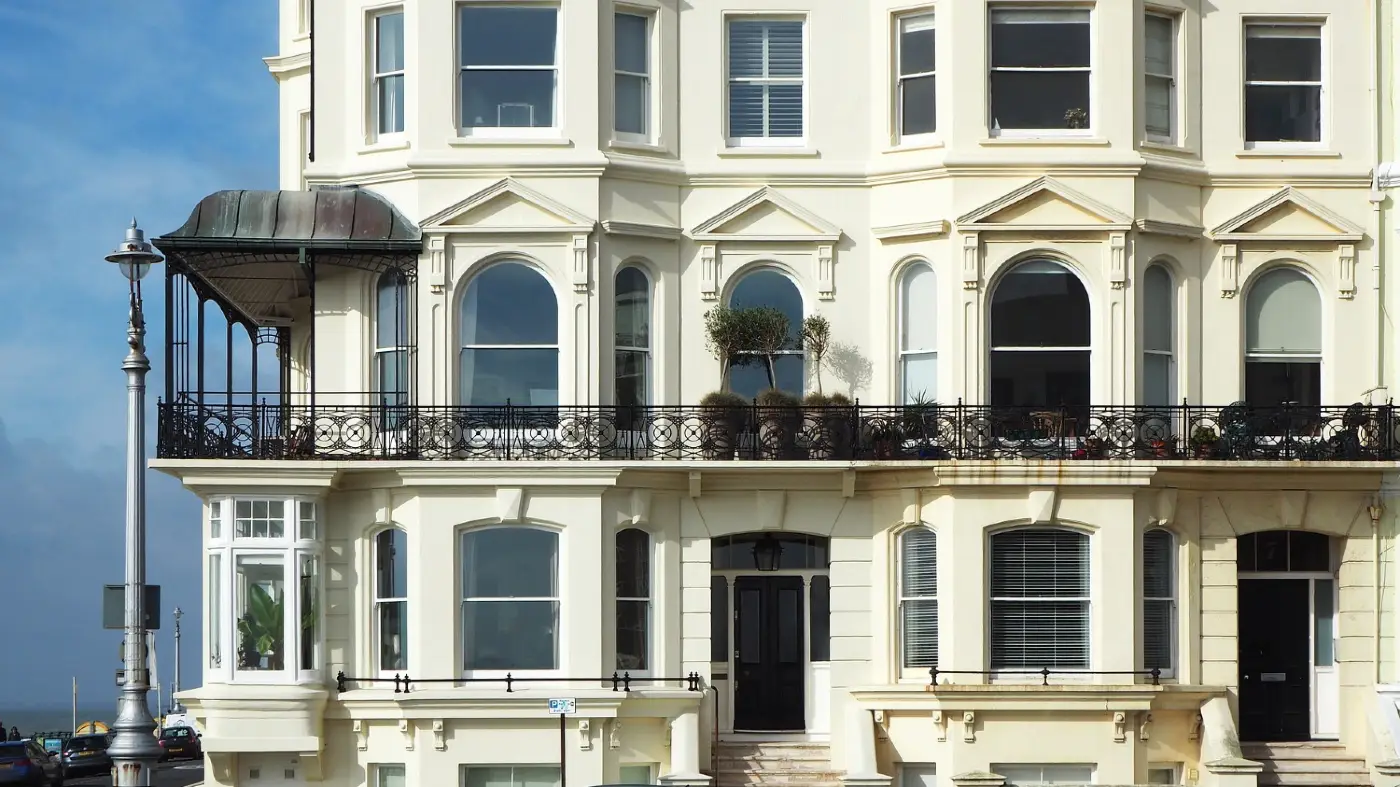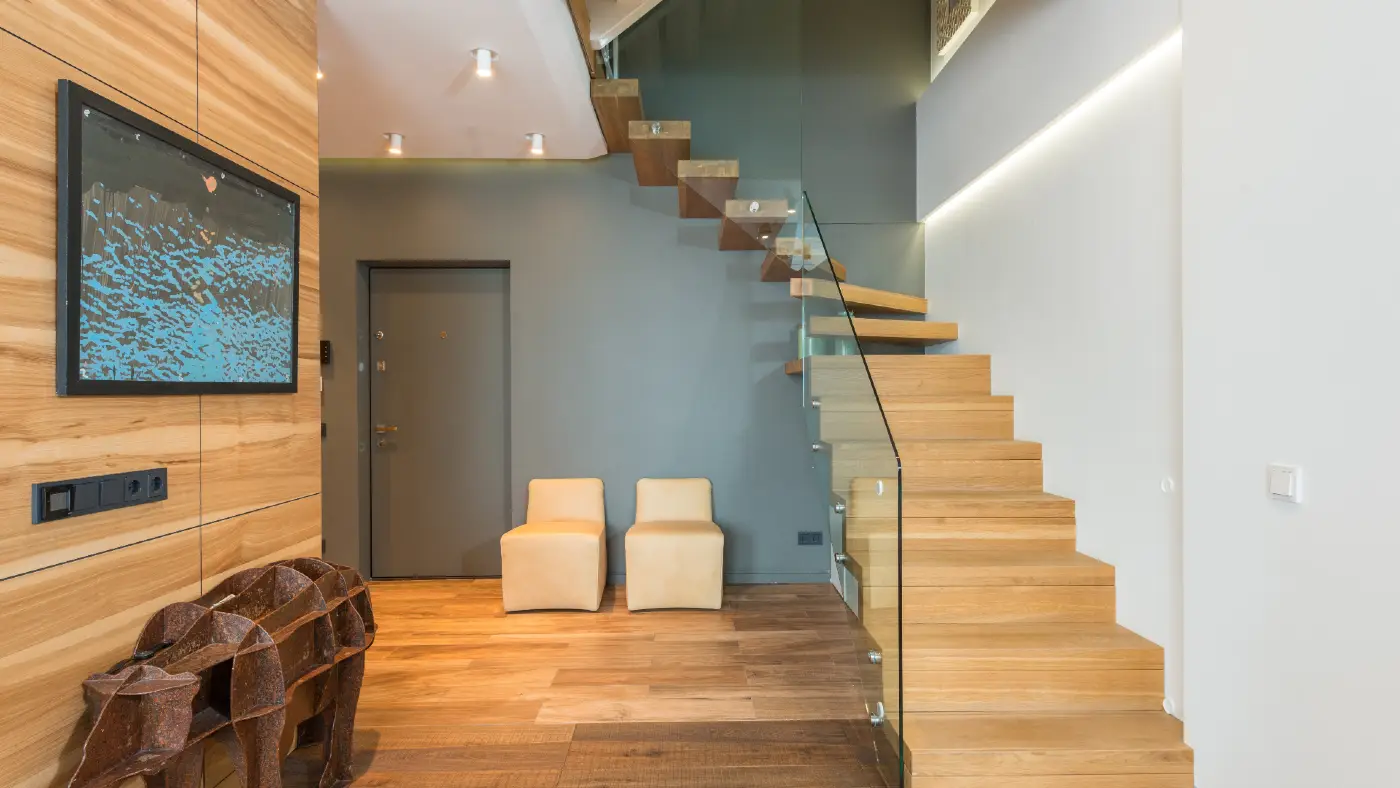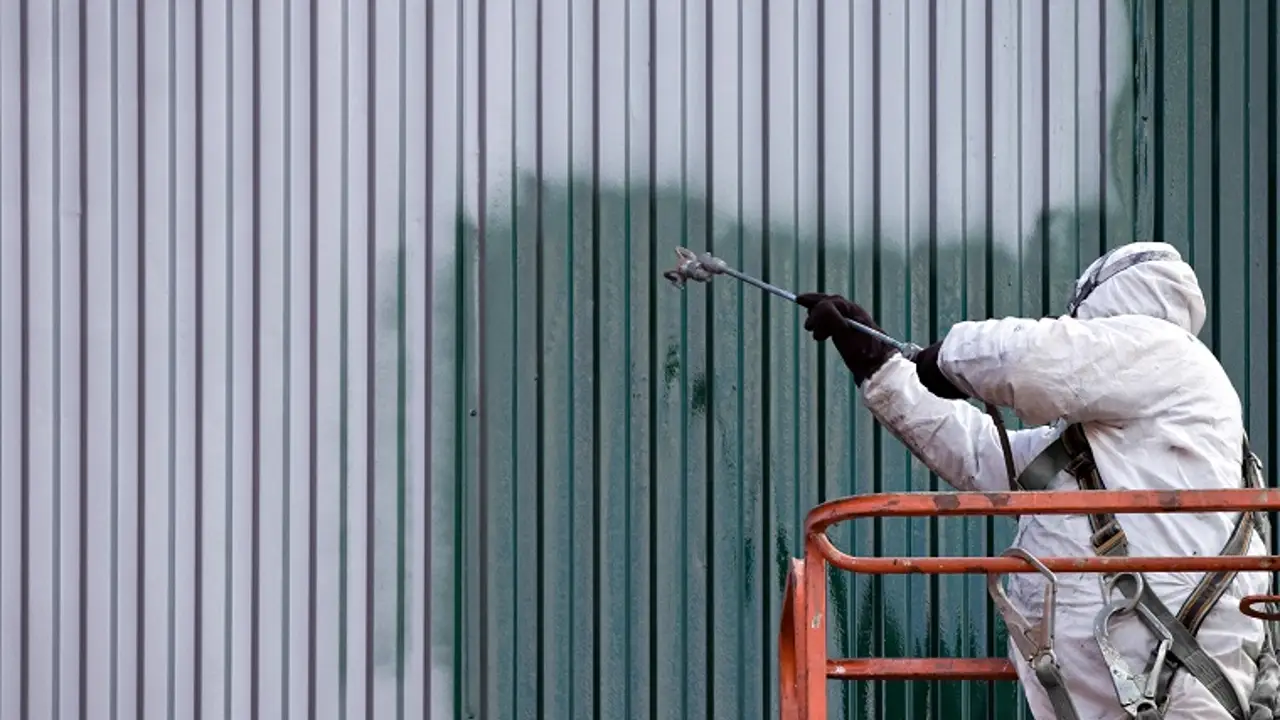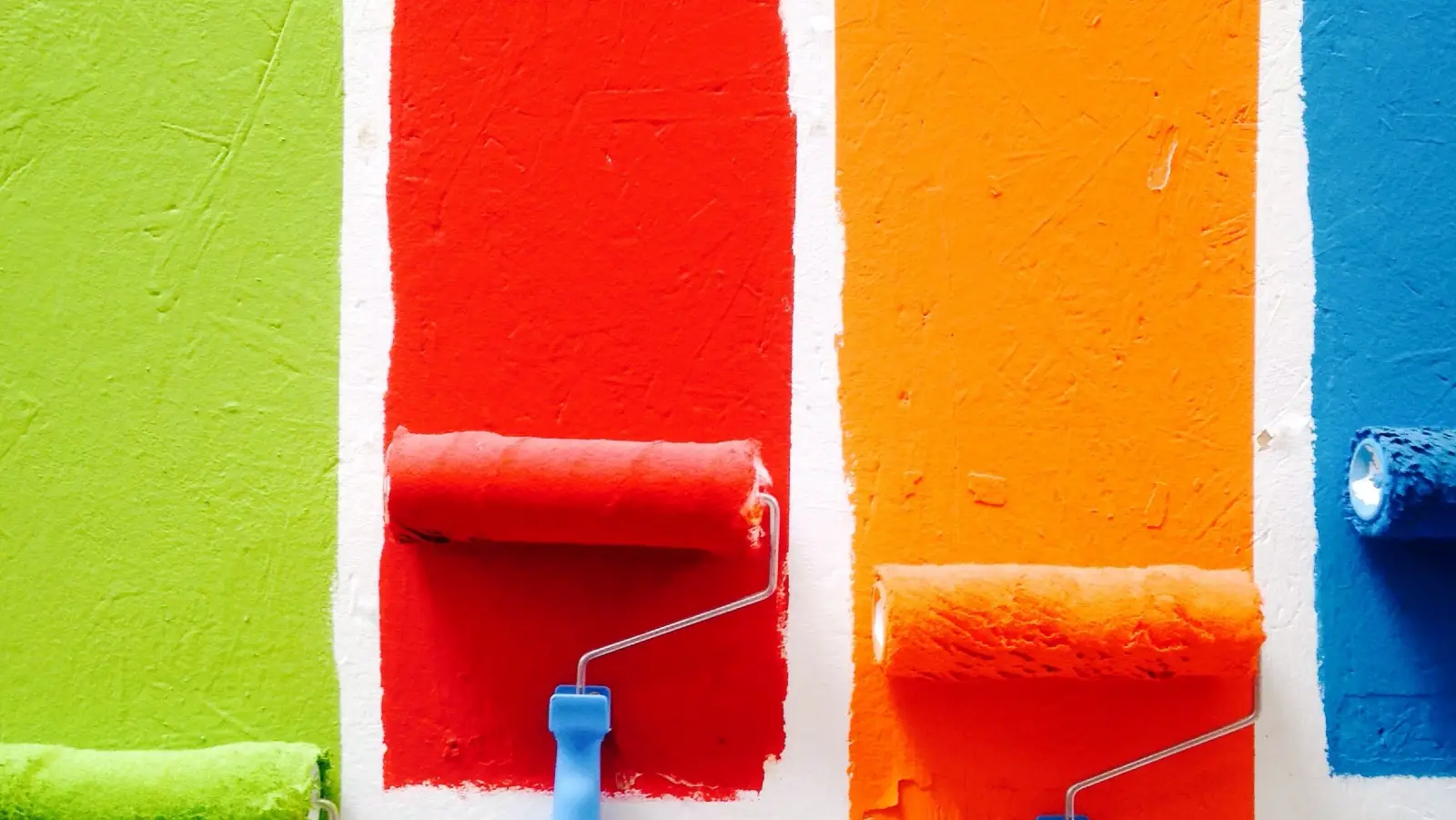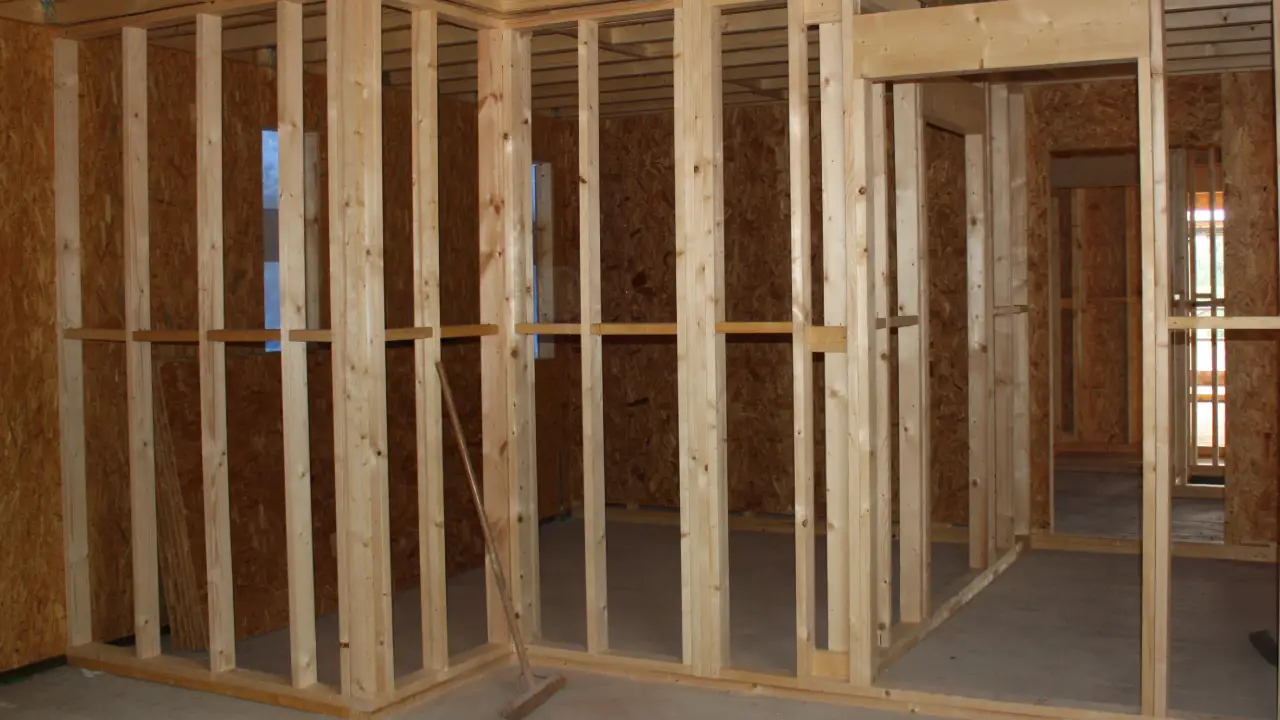Whether you’ve got old walls in poor condition or you’ve just had a new partition wall put up that needs plastering, a plasterer can help. Take a look at our cost guides to ensure you allow yourself a proper budget for your plastering job.
Cheap plasterer cost
The cheapest hourly rate for a plasterer we’ve seen is £15, but the average in the UK is £25 per hour. Costs vary depending on where you live and what the job is – a lot of the time, the plasterer will give you a price for the job rather than an hourly rate.
While it can be tempting to try to find the cheapest plasterer, remember that the tradesperson offering the cheapest quote might not necessarily be the best. Make sure that you check the plasterer’s credentials, including insurance and references and reviews, before you engage them.
Plastering Cost Guides
Cost Guides for Other Common Plastering Jobs
Plastering FAQs
Is skimming and plastering the same thing?
Skimming and plastering are related terms, but they don’t mean the exact same thing. Plastering refers to the whole process, whereas skimming is a technique used in plastering. Skimming is typically done to existing walls that need smoothing out, as it’s applied to existing plaster in a thin layer.
Plastering often refers to adding plaster to brand new walls when they’ve just been built to improve the durability of the wall. A good way to remember the difference between skim and plaster is that plaster surfaces are rough, while a skimmed surface is always smooth and is ready to be painted.
How long after skimming can you paint?
You should leave skimmed walls or ceilings at least 3 days before painting to allow the surface to dry completely. A good way to know when the plaster is dry is to look at its colour. Plaster has a distinctive dark brown or reddish colour when it’s wet, but when it’s dried out it looks lighter – almost a shade of pink. Once the entire wall or ceiling has turned this lighter shade, you’re ready to paint.
Remember that you should add a mist coat first, which is just watered-down emulsion paint. You can buy a ready-made mist coat, but it’s easy to make a mist coat yourself – a common ratio is 7 parts paint to 3 parts water, but if your paint is very thick you might want to go for half and half.
Should I put the heating on after plastering?
It’s best not to put your heating up too high after plastering and let your plaster dry as naturally as possible. Keep your central heating at its normal temperature – perhaps turn the thermostat down a degree or two if you keep your home very warm – for at least 48 hours. Watch out for that tell-tale light pink colour to know when it’s dry.



